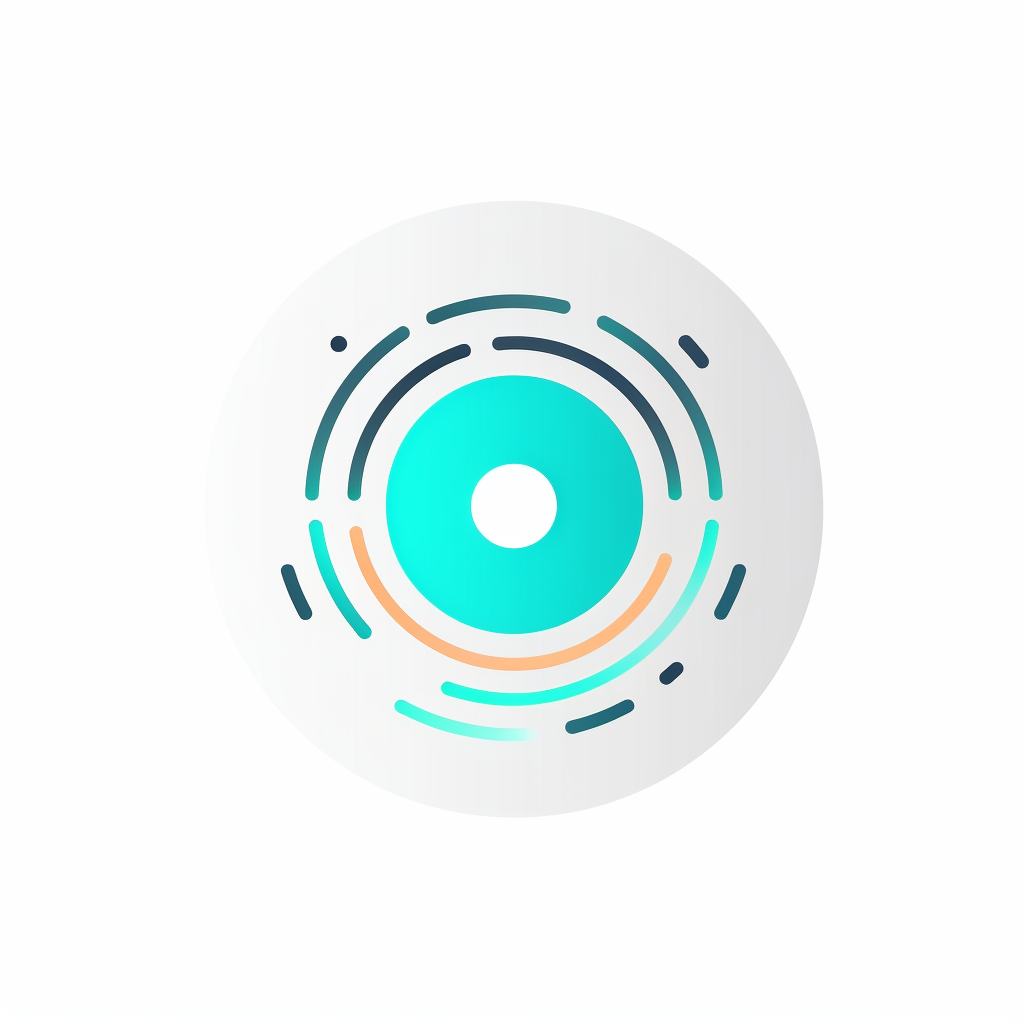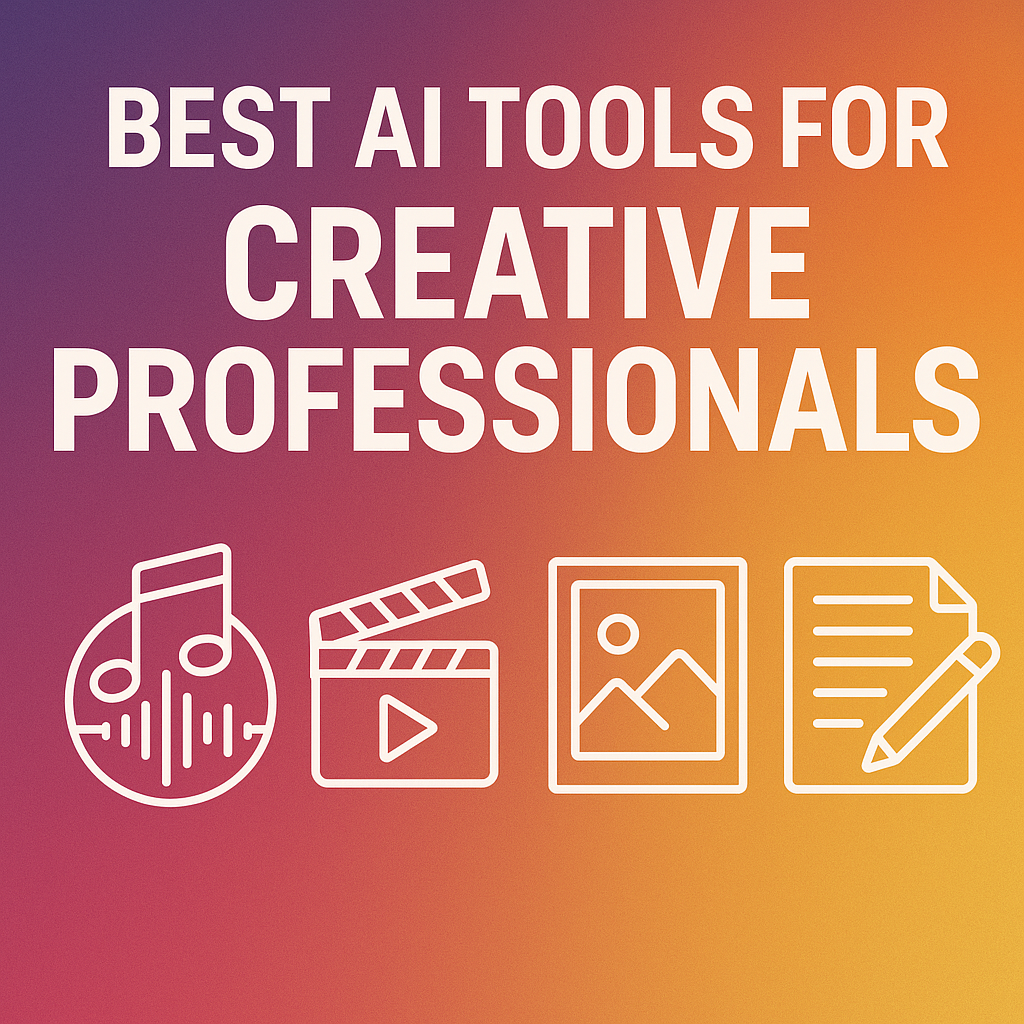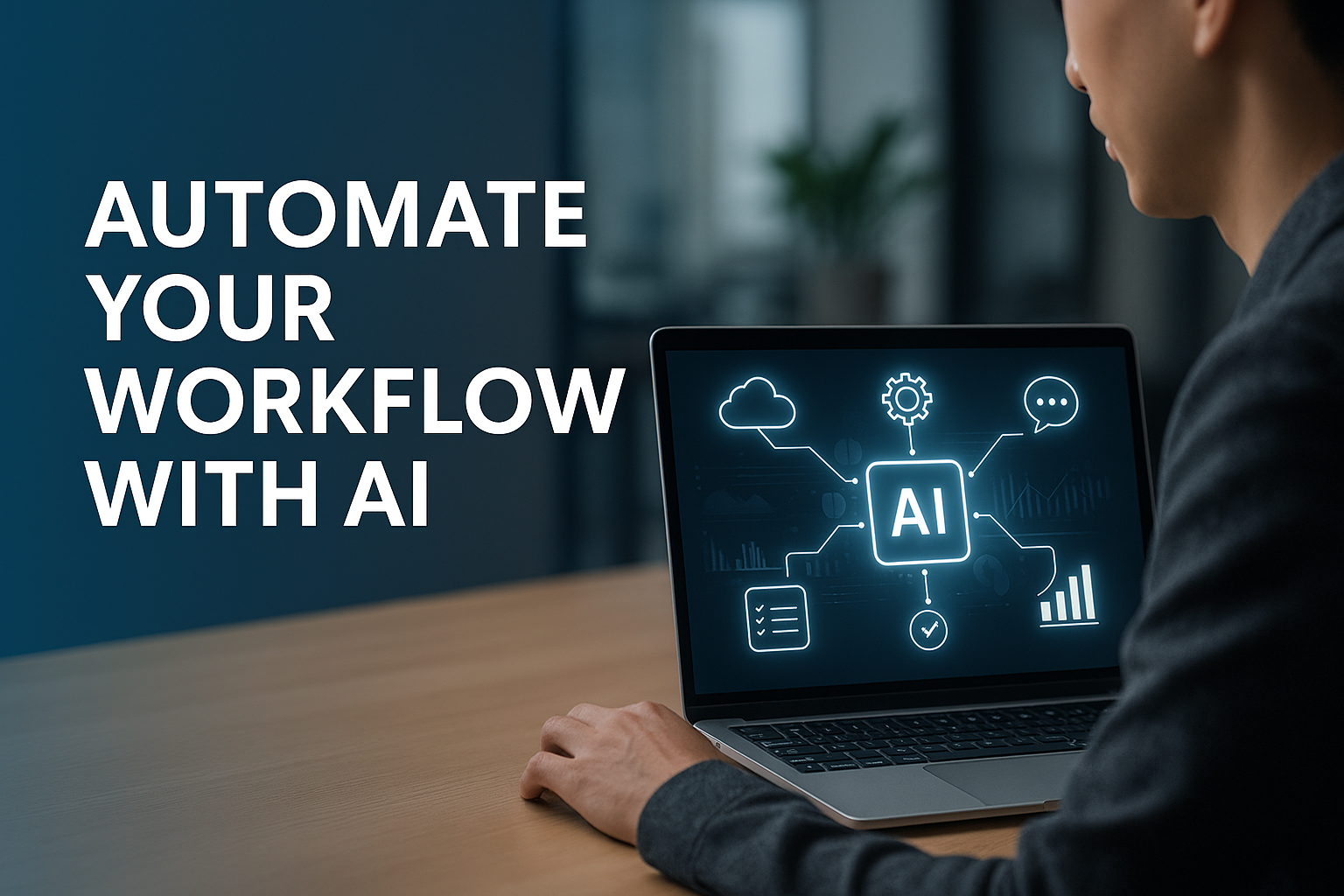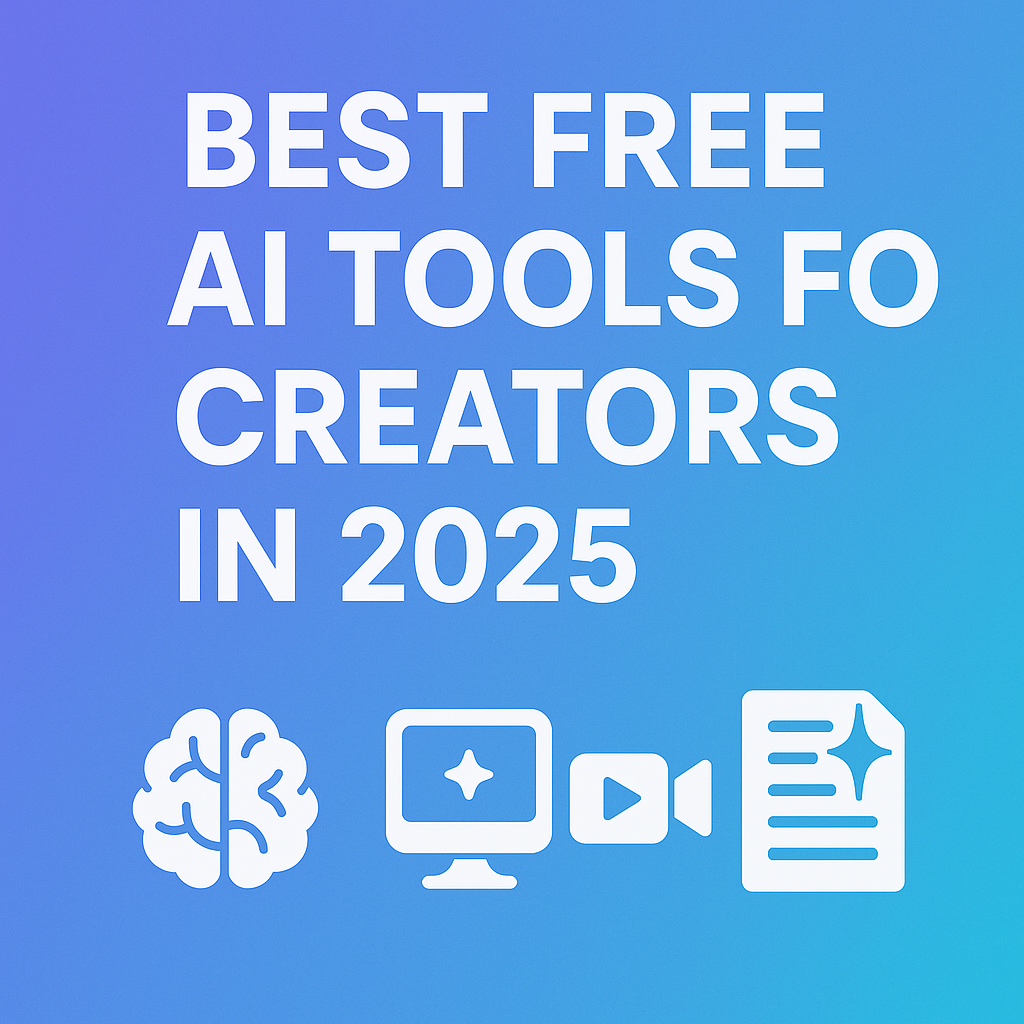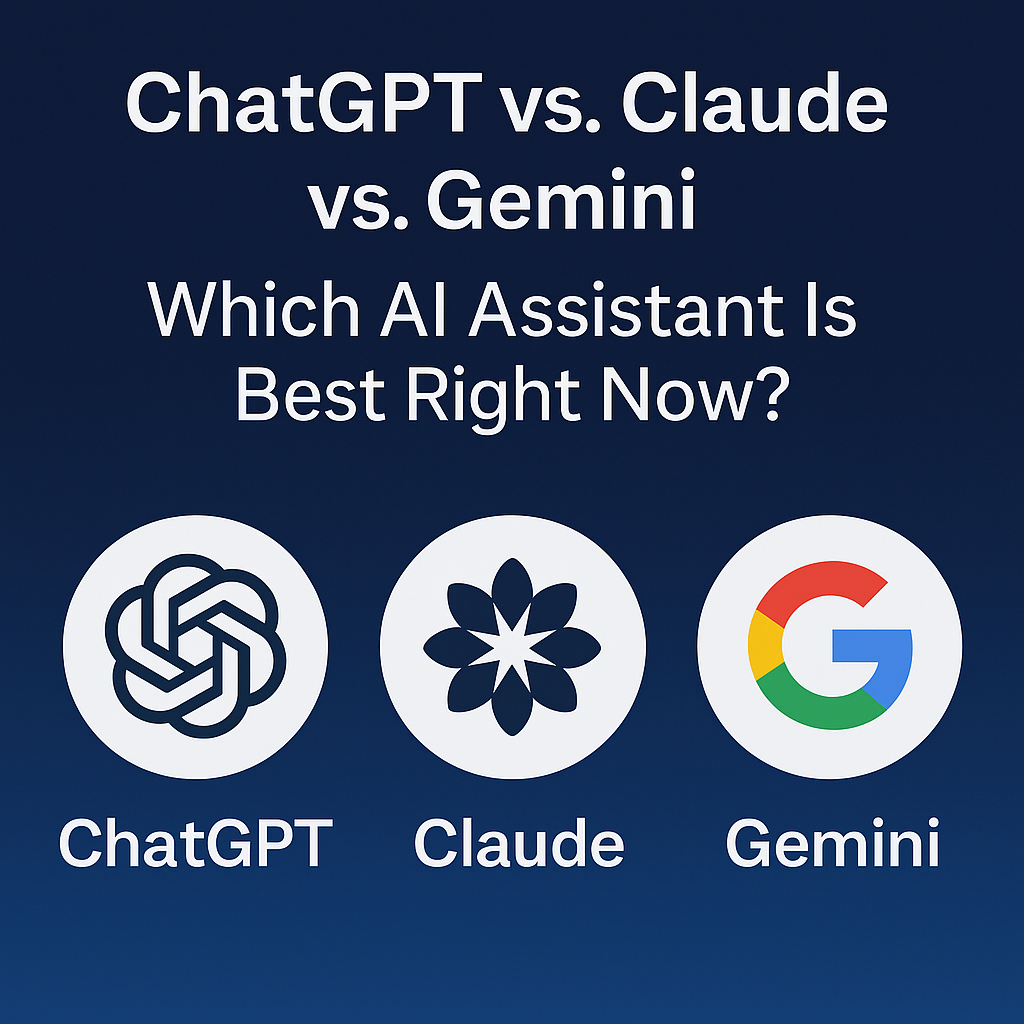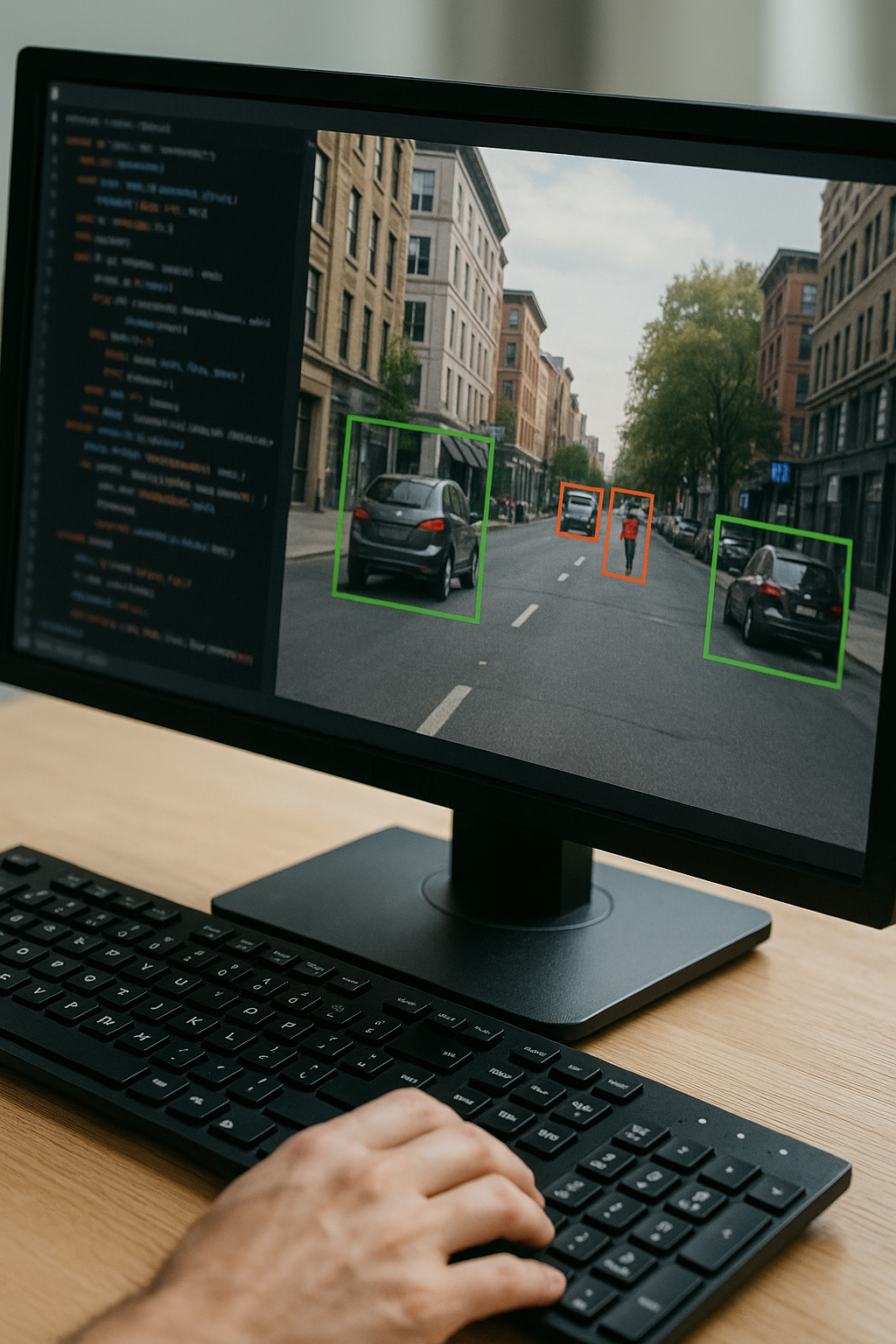The 7 Biggest AI News of the Week
A Game-Changing Moment in Technology
The world of artificial intelligence has been moving at a breakneck pace, and the past week was no exception. From major AI model releases to ethical debates that will shape the future of creativity and human-machine interaction, the headlines have been packed with developments that will influence industries ranging from healthcare to entertainment. In this post, we break down the seven biggest stories from the world of AI, offering detailed insights into the trends shaping our AI-driven future.
1. Google’s Gemini AI Launches: A Multimodal Marvel
The most highly anticipated AI release of the year is finally here: Google’s Gemini AI. First teased months ago, Gemini has now officially entered the scene as Google’s next-generation AI system, taking over from Bard. But what makes Gemini different from its predecessors and competitors like OpenAI's GPT-4? The key lies in its multimodal capabilities, which means it can process and interpret multiple types of media—text, images, and even audio—at the same time.
For instance, instead of responding to a text-based query alone, Gemini can understand an image attached to that query and deliver a more context-aware answer. This is a huge leap forward for users needing AI to operate in creative fields like design, video editing, and even complex customer support scenarios. Furthermore, Google has positioned Gemini to integrate deeply into its own ecosystem, meaning we’ll soon see it powering Google Search, YouTube, and even Google Workspace, transforming the way we interact with everyday tools.
Expect to see developers harnessing Gemini to create more sophisticated AI-driven applications, while users benefit from a more seamless and enriched experience across Google's platforms.
2. Meta Introduces AI-Generated Stickers: Personalizing Communication
Social media giant Meta has made another move into AI-powered features, introducing AI-generated stickers on Messenger and WhatsApp. This feature allows users to turn text prompts into personalized stickers, offering a fun and creative way to express themselves in chats.
The importance of this development goes beyond simple entertainment. Personalized stickers powered by generative AI are part of Meta’s broader push to make digital communication more emotionally resonant and unique. Users will no longer be restricted to pre-designed emojis or GIFs. Instead, they can generate custom visuals that reflect the specific mood or context of a conversation.
This move shows Meta’s determination to integrate AI into everyday interactions, making messaging apps more dynamic and personal. While still in early testing, the feature is set to be rolled out widely, bringing AI deeper into our social lives. The broader implications are huge: how we communicate online may become more fluid, personal, and tailored by AI, in ways we’ve never seen before.
3. OpenAI’s GPT-4 Turbo: Speed, Efficiency, and Enterprise Power
At its inaugural Dev Day event, OpenAI unveiled a significant upgrade to its GPT-4 model: GPT-4 Turbo. This faster, cheaper version of GPT-4 is aimed at enterprise customers who need to scale up their AI usage without sacrificing speed or accuracy.
The "turbo" upgrade reduces latency, which means responses from the AI come quicker, while also cutting costs, making large-scale deployment more feasible for businesses. For example, companies relying on AI for customer support, data analysis, or content creation will see massive efficiency gains. This makes GPT-4 Turbo a game-changer for industries where AI needs to handle large workloads in real-time.
Additionally, OpenAI is also working on features to extend GPT-4’s context window, meaning it will be able to remember more past interactions and provide more coherent long-term responses. This is particularly useful for complex tasks where users need the AI to retain context over longer conversations or projects.
With Turbo’s launch, OpenAI is signaling that it wants to be more than a consumer-facing tool—it's aiming to dominate the enterprise market, providing the muscle behind a new generation of AI-driven operations.
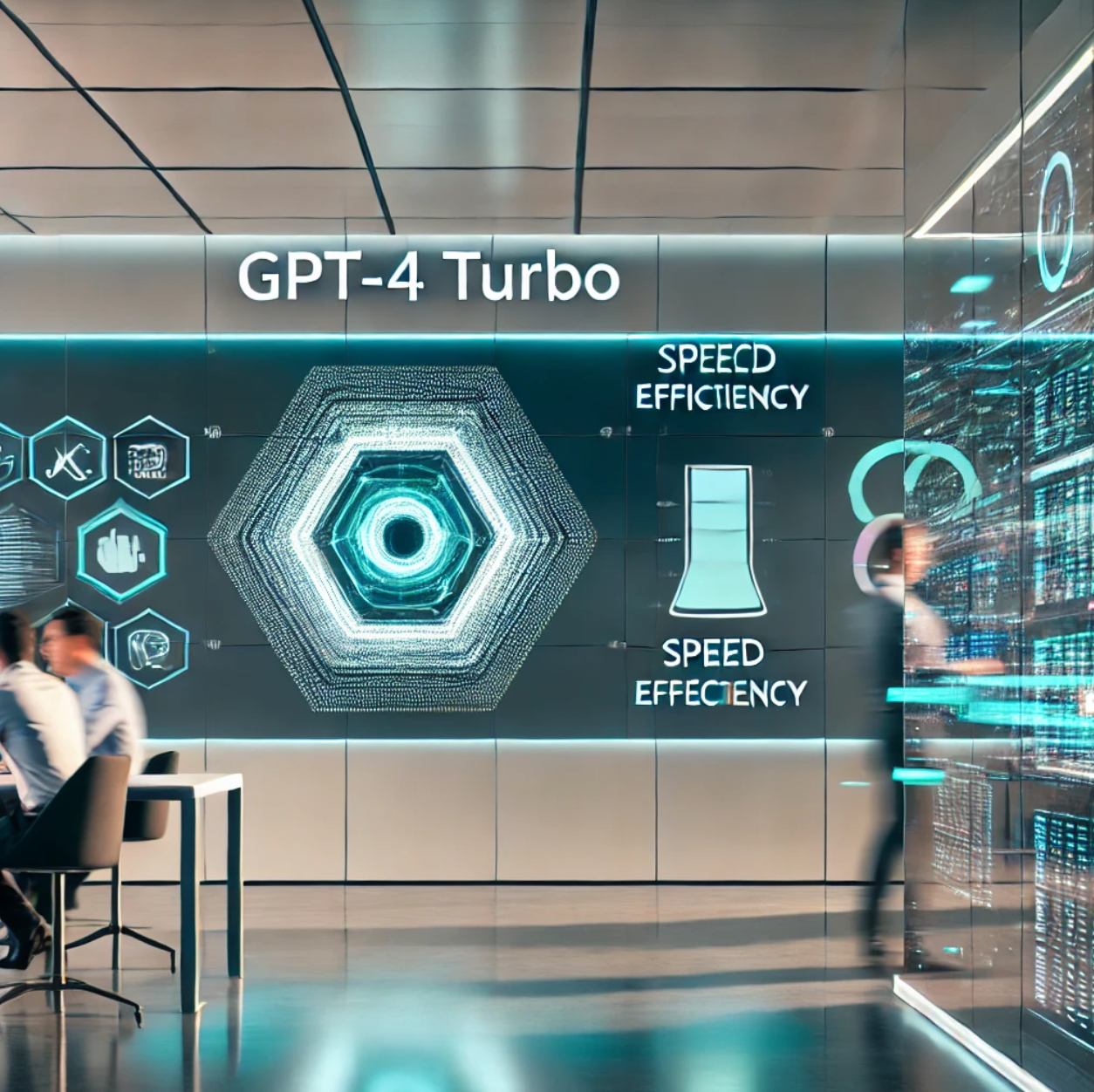
4. Elon Musk’s xAI Launches “Grok”: AI with a Truth-Seeking Mission
Elon Musk’s entry into the AI arms race became official this week with the debut of xAI’s first model, Grok. Musk has long been a vocal critic of AI’s potential to spread misinformation, and with Grok, he claims to be creating an AI that will prioritize truth-seeking over all else.
What sets Grok apart is its integration with Musk’s social media platform X (formerly Twitter). Users of X will be able to use Grok as an assistant for creating content, fact-checking information, and even generating real-time posts. This opens up new possibilities for content curation and information discovery on social media, where speed and accuracy are crucial. Grok is designed to provide up-to-date, factual information quickly, addressing one of the biggest challenges of modern social platforms: the spread of misinformation.
Grok is still in its infancy, but Musk hinted at future plans to deploy it across industries like engineering, finance, and healthcare, where truth and accuracy are essential. If successful, Grok could set a new standard for AI’s role in delivering reliable information.
5. AI Accelerates Drug Discovery: A New Era for Medicine
In one of the most promising developments for healthcare, AI-driven biotech firm Insilico Medicine has achieved a groundbreaking milestone: discovering a potential new treatment for fibrosis, a life-threatening condition, using AI. What traditionally takes years in the pharmaceutical world was accomplished in mere months.
Insilico’s AI system analyzed millions of potential compounds, narrowing down the candidates to a few with the highest likelihood of success. This kind of efficiency is something human researchers simply cannot match. The discovery is set to move into clinical trials, and if successful, it will pave the way for AI to play a larger role in drug discovery—especially for rare diseases that currently have no effective treatments.
This breakthrough not only shows AI’s power to cut down on research time and costs but also highlights its ability to unlock personalized medicine. Future treatments could be tailored more precisely to individuals, improving outcomes and reducing side effects.
6. EmoteAI: Machines That Understand Human Emotions?
One of the more controversial stories of the week comes from MIT, where researchers revealed EmoteAI, an AI model capable of recognizing and mimicking human emotions. This isn’t just AI spitting out happy or sad responses—EmoteAI can analyze a person’s mood, tone, and even contextual clues to deliver responses that feel emotionally intelligent and aligned with the conversation.
While this is exciting in areas like customer service or mental health counseling, it raises profound ethical concerns. Could AI that mimics human emotions be used to manipulate users, perhaps to persuade them to buy products or influence political views? The fear is that emotionally intelligent AI could blur the line between authentic human connection and machine-led manipulation.
As AI gets better at simulating human-like interactions, the need for regulation and ethical frameworks will only grow. EmoteAI is a powerful tool, but one that will need to be deployed responsibly to avoid exploitation.
7. Copyright Wars: AI-Generated Art Faces Legal Challenges
Finally, the debate around AI-generated art escalated this week with a landmark lawsuit. A company using generative AI to create images that closely resemble the work of a famous artist has been sued for copyright infringement. The case has reignited the conversation around whether AI-generated art can be considered a violation of intellectual property.
Generative AI models learn from massive datasets, which often include the work of artists, photographers, and creators who haven’t given explicit consent. While AI companies argue that their models don’t directly “copy” art but rather create new iterations, artists and copyright holders feel otherwise.
The outcome of this case could set important precedents for how AI companies use existing content to train their models, and whether creators should be compensated when their work is part of an AI’s learning process. Some AI platforms are already introducing “opt-out” features for creators who don’t want their content included in training datasets, but a larger legal framework is still needed to ensure fair use.
What Does the Future Hold?
The developments of the past week underline one undeniable truth: AI is reshaping the world at an unprecedented pace. From revolutionizing medicine to transforming communication and challenging legal boundaries, the impact of AI is only growing. As we look to the future, these advancements pose both incredible opportunities and profound challenges that society will need to address.
Want to stay informed on the latest AI breakthroughs and developments? Sign up for our newsletter today, and be the first to know about the trends, tools, and insights that are shaping the future of artificial intelligence. Don’t miss out—get ahead of the curve and stay AI-savvy!
Sign Up For Our Weekly Newsletter and Get Your FREE Ebook " AI For Everyone - Learn the Basics and Embrace the Future"
